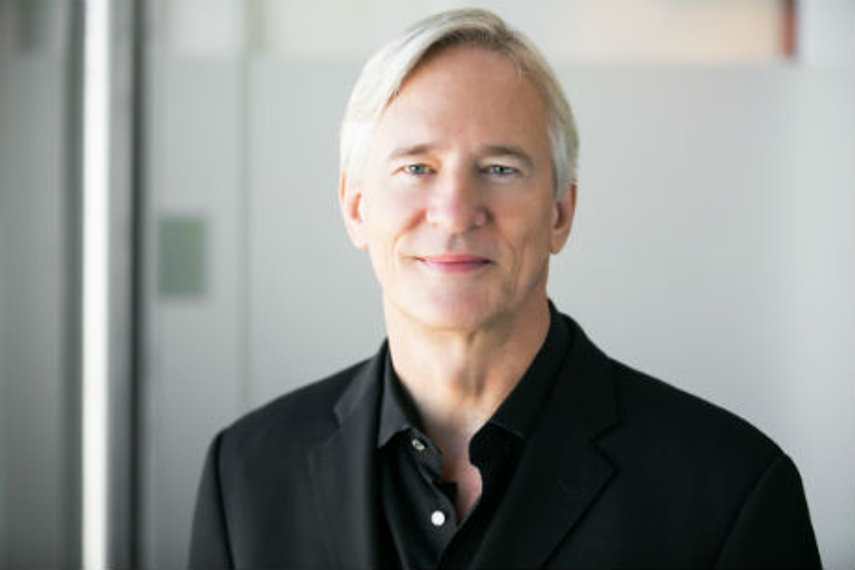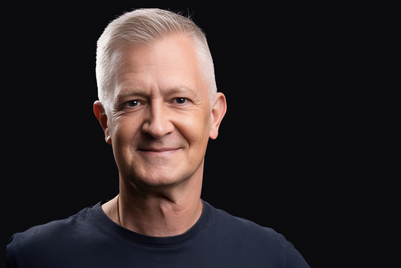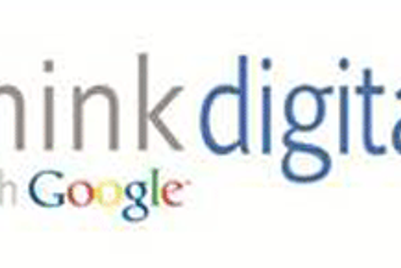
Campaign India caught up with Brian Fetherstonhaugh, chairman and CEO, OgilvyOne Worldwide, who was in India earlier this week. Besides potential areas for acquisition, he spoke on marrying data with creativity, the truth behind the 'Sexy Little Numbers' and more. Edited excerpts:
How was the year 2013 for the agency and what are the expectations for 2014?
Overall, we grew in 2013. We achieved a new all time record high for revenue. One of our surprisingly strongest performing markets and growth markets was the UK. The total economy of the United Kingdom was down but our business was up very substantially in 2013.
India and Southeast Asia was also good for us. China was tougher partly because of the market place and because of some organic issues, which we’ve since addressed.
Which are the top markets for OgilvyOne currently and where does India rank?
On a percentage growth basis, India would definitely be in the top 10 and possibly even in our top five markets. The biggest in terms of size would be the USA followed by UK and China. India would be in the top 15 or 20 in terms of the market size.
India has been a very strong advertising market, but for the digital and direct part it was a little slow. In the past two years it has pickedup.
I met with the management team and we have very ambitious plans for this market. The fundamentals are now in place, we’ve made some acquisitions; we have a very strong offering for sustained growth.
You spoke about acquisitions... How have they worked and are any more planned?
We do a pretty selective strategy on acquisitions. Globally, for many years, we have grown primarily organically. We do one or two or three acquisitions in a year. So, we acquired Pennywise to bring in a whole range of digital skills: it’s a substantial-sized operation and so we’re pleased with that. It gives us more digital delivery, some user experience capability and some commerce capabilities – thoseare good businesses to be in. We created a partnership with Quasar which is good and we absorbed a company called Apparatus, which was about deep user experience. Those are all good, relevant skill sets.
Looking into the future, it’s a great market place for mobile and I’ll look to make sure we enter it either organically or by acquisitions. In the US, we acquired a company called Bottle Rocket applications which is a very successful mobile company. It’s a world class agency and it brings us new capabilities in the Americas.
We’ll be looking at mobile and data as the two areas for possible increased capability that could be either organic or through acquisitions.
What do you make of the mobile market in India?
I see the kind of work that Vodafone is doing; it’s starting to move rapidly from digital advertising to real digital engagement. I think the market place will eventually move to mobile commerce and that’s a tremendous growth business. E-commerce currently is a one trillion business and is growing 17 to 18 per cent y-o-y. China is an example of a relative newcomer and the country is doing 1 billion dollars worth of business per day in terms of e-commerce. India, will definitely get there. For now the country is lacking because of partly consumer behaviour, regulatory issues and partly the delivery infrastructure. I’m very confident that the e-commerce and mobile commerce market will come here. I don’t know enough about the dynamics to confirm the time but all the fundamentals are very strong.
Data is the other capability you spoke about. Could you elaborate about the ‘Sexy Little Numbers’ strategy for data?
A lot of people talk about big data in reporting and analytics. We have a point-of-view that data is very powerful when it is fused together with creativity. What we love is data that creates inspiration and data that creates customer insights. One of our senior leaders, Dimitri Maex, who heads the New York office of OgilvyOne, wrote this book on data and called it ‘Sexy Little Numbers’ because data can be inspiring and energetic - and not just boring number crunching and looking in the rear view mirror.
We were the first big agency group to hire a chief data officer and he’s off to a fantastic start. He’s building prospect databases, customer databases with our clients and finding new sources of data for them. What he finds interesting is using compiled data sources from public resources and adds search data or social data which is fresh, alive and real time – that combination creates a very interesting and insightful data combination.
‘Sexy Little Numbers’ is just something to remind people that data can be exciting and that it’s not a back room conversation, but a front room operation and part of conversations of CMOs and CEOs.
Do you see a chief data officer being hired for India too?
Possibly in the future. It depends on the speed of the market place. India is a great market for analytics and we have our own global data analytics hub based in Bengaluru. We have altogether about 30 data analytics people, so we’ll see that grow. We need to make sure that in order of priority, data is the next frontier. It’s definitely one of the next chapters for the marketing community here in India.
What according to you is more important for a digital campaign – data or creativity?
I would say that all of our major successful digital creative campaigns have data at the front. The famous Dove ‘Real Beauty’ campaign began with research – 800 pages of research. One person went there and found that only 2 to 4 per cent women in the world agreed that they were beautiful. So that whole campaign was inspired by a piece of data.
Similarly, with British Airways we had a campaign for flights between New York and Mumbai. The campaign was inspired by data. We did all the number stuff upfront and then put it together with some qualitative insights. It was an emotional bond between the young man in New York City and his mother and the connection point was home cooked Indian food. And then we created an emotional video around it. At the end, we applied data and quantitative work to manage the e-commerce booking. The net result of data in the beginning, creativity in the middle and data at the end was an increase of 79 per cent booking revenue.
So, that’s a good example of showing the importance of both of them together. Data + creativity + some marketing courage is the formula for increasing market share.
What are the big sources of data emerging?
We’ve always had good access to these mass compiled data sources that are census data and government data. Then came the big customer data bases. Now, the big data areas are social and search data. Twitter, Facebook behaviour, searching around, downloading, making a recommendation etc. - these are all forms of social data that can be used by intelligent marketers to be more relevant.


.jpg&h=334&w=500&q=100&v=20250320&c=1)

.jpg&h=334&w=500&q=100&v=20250320&c=1)
.jpg&h=334&w=500&q=100&v=20250320&c=1)

.jpg&h=334&w=500&q=100&v=20250320&c=1)










.jpg&h=268&w=401&q=100&v=20250320&c=1)
.jpg&h=268&w=401&q=100&v=20250320&c=1)
